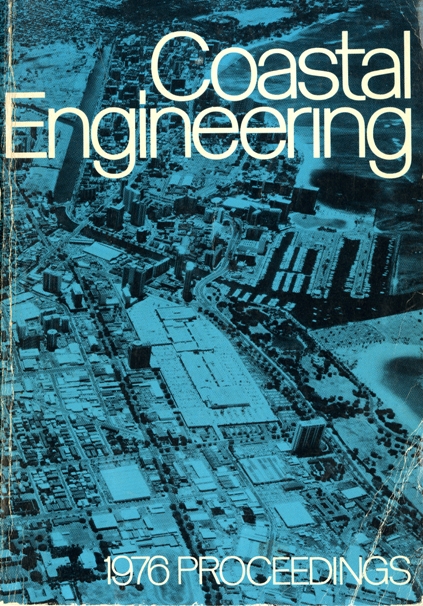Abstract
Proposals to "improve" a pocket beach at Kaimu, Hawaii have been under active consideration for a decade. The beach, which is famous for its jet black color has been receding for at least a century. The plans proposed have called for its enlargement, and most of them for its protection by an offshore breakwater. Advantages of a larger beach area, and of the improvement of swimming conditions if the breakwater were constructed, are undeniable. Loss of surfing sites would, however, have resulted from the adoption of any of the plans involving breakwater. Other disadvantages associated with some of the plans proposed would have included alteration of beach color, other visual impacts, and threats to archaeological sites from the quarrying of breakwater stone. Sand-loss estimates and breakwater construction criteria dependent on them were based on probably erroneous interpretations of historical evidence. Possible alternative sites for the provision of the swimming opportunity were not investigated. Serious question was raised whether the project would result in overall improvement. However, recent coastal subsidence has rendered all of the plans obsolete and the question is probably moot.
Authors retain copyright and grant the Proceedings right of first publication with the work simultaneously licensed under a Creative Commons Attribution License that allows others to share the work with an acknowledgement of the work's authorship and initial publication in this Proceedings.

